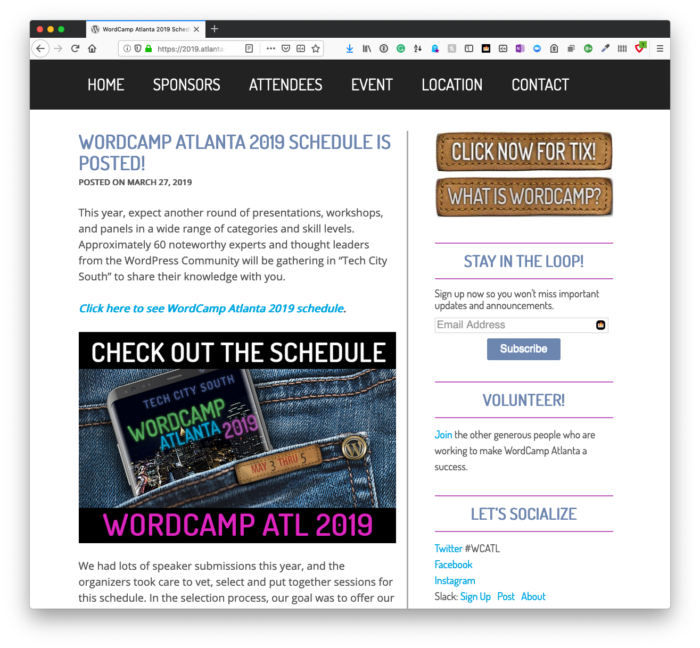When we’re working on a variety of devices – be it our computers, our tablets, or even our phones – it’s definitely convenient to have access to certain types wherever we are, right?
And with files aside, our phones have such powerful cameras now; it’s nice also to have the ability to store our photos but also to free up space on our phones (although this may be a tertiary issue for you regarding file syncing).
Anyway, there are a lot of services that are available that allow you to store your files in the cloud and to access them anywhere. It’s easy to tout security and privacy and, yes, we can do things on our end like enable two-factor authentication.
But what about the actual files themselves? That is, we can make it more difficult to log in and access the files but what about those on the other side who work at the company responsible for storing the files?



